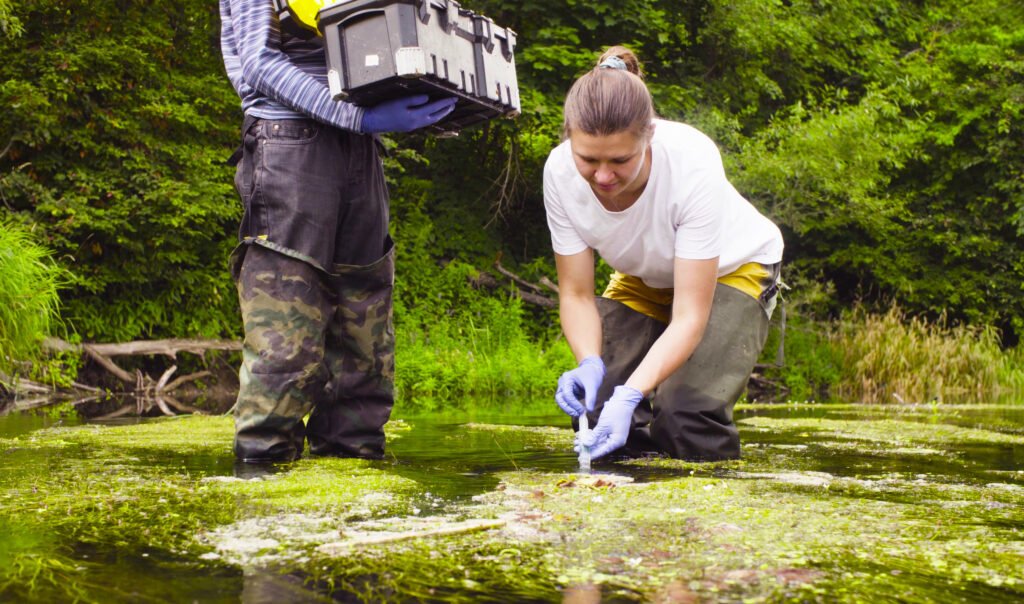The ever-growing nature image datasets, boasting millions of photos capturing everything from butterflies to humpback whales, have become an invaluable resource for biodiversity researchers. These collections document unique behaviors, rare phenomena, and environmental changes. However, the process of retrieving specific, research-relevant images from these datasets remains challenging and time-intensive. Enter multimodal vision language models (VLMs)—AI systems trained on both text and images—that aim to simplify this task.
A recent study by researchers from MIT’s CSAIL, University College London, iNaturalist, and others sought to evaluate just how effective these models are in assisting ecologists with image retrieval. Using their custom-built INQUIRE dataset, which contains 5 million wildlife images and 250 expert-crafted search prompts, the team uncovered both the potential and the current limitations of VLMs in aiding scientific research.
The Test: Finding a Special Frog in a Vast Dataset
The researchers tested various VLMs on their ability to locate and rank the most relevant results within the INQUIRE dataset. For straightforward prompts like “a reef with manmade structures and debris,” larger models like SigLIP performed admirably. However, queries requiring domain-specific knowledge—such as identifying axanthism (a condition affecting skin pigmentation) in frogs—proved much more challenging.
MIT PhD student Edward Vendrow emphasized the importance of domain-specific training for these AI systems. “Multimodal models don’t quite understand complex scientific language yet, but by familiarizing them with more informative data, they could become invaluable research assistants for ecologists and other scientists,” said Vendrow.
Data Gaps and Future Directions
The research revealed significant gaps in current VLM capabilities. Even the most advanced models struggled with fine-grained distinctions or technical terminology, achieving a maximum precision score of just 59.6% for re-ranking results. For example, when tasked with identifying “redwood trees with fire scars,” models often included irrelevant images in their output.
This underscores the need for better training data and enhanced algorithms. Sara Beery, an MIT assistant professor and co-senior author of the study, noted, “Our findings outline gaps in current research that we can now work to address, particularly for complex queries and subtle distinctions critical to ecology and biodiversity monitoring.”
Bridging the Gap: Toward Practical Solutions
The team has already begun collaborating with iNaturalist to build a query system that makes it easier for researchers to find specific images, such as the diverse eye colors of cats or the behaviors of tagged condors. Their efforts could revolutionize how scientists interact with massive biodiversity datasets, enabling more efficient and accurate studies.
Justin Kitzes, an Associate Professor at the University of Pittsburgh, highlighted the broader implications of this work: “Being able to efficiently and accurately uncover complex phenomena in biodiversity data will be critical to advancing both fundamental science and real-world conservation efforts.”
The Road Ahead
While the INQUIRE dataset primarily targets ecological research, its benchmarks could improve image retrieval systems across various fields, from medicine to environmental monitoring. By addressing the gaps in AI understanding of scientific terminology and refining these tools, researchers hope to make significant strides toward integrating AI as a reliable partner in scientific discovery.
As AI systems like VLMs continue to evolve, their potential to transform biodiversity research—and science at large—is immense. However, their success will hinge on bridging the gap between general-purpose AI capabilities and the specialized needs of scientific communities.
Sources: https://news.mit.edu/2024/ecologists-find-computer-vision-models-blind-spots-retrieving-wildlife-images-1220, https://www.seedyourfuture.org/ecologist






